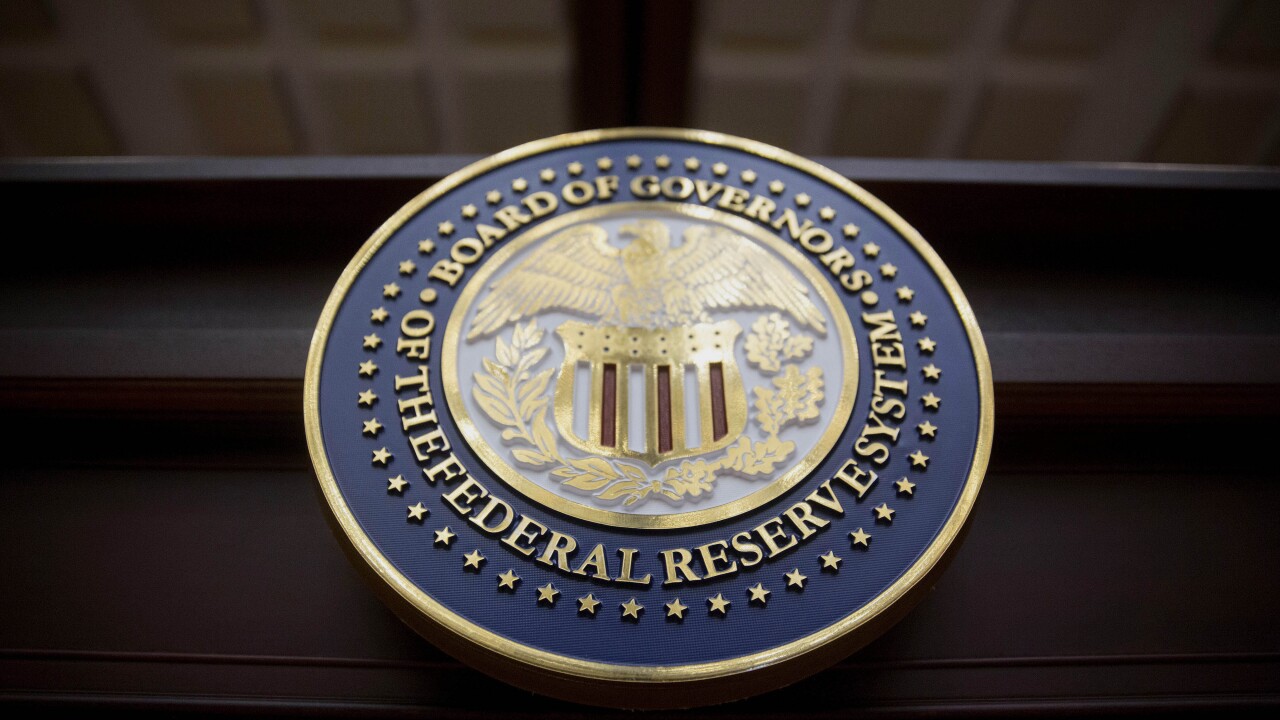After almost a year of overweighting MBS beginning in late 2008, JPMorgan Securities analysts are now recommending moving to a neutral stance on the mortgage basis. There are a number of factors to this recommendation worth considering.
The mortgage market is vulnerable to any indication that the Federal Reserve is near the end of its MBS purchase program. The Fed is expected to buy $25 billion per week for the near-term, but as projected issuance rates decline toward the end of the year, it is possible that the Fed may reduce buying if the rates fall far enough.
At todays mortgage rate level of 5.50%, base gross monthly agency fixed rate issuance will push issuance down to $100 billion by the end of the year, analysts estimated. However, if rates fall back up another 50 basis points, issuance could drop substantially below this level, which would encourage the Fed to reduce its MBS buying.
Since the peak of the crisis, current coupon nominal spreads over swaps have narrowed from 200 basis points to its current position of almost 80 basis points. Similar tightening has also occurred versus Treasurys.
Additionally, these spread levels which are close to Libor OAS of zero are now at a point where private investors are reducing allocations to MBS, and have driven money manager selling. Servicer selling, which was also triggered by the sell-off, has increased as well.
However, the MBS Fed purchases are intended to support the market, not to crowd out private investors. The Fed will not prevent volatility in the mortgage basis, nor will it insist on forcing mortgage rates to a target level.
JPMorgan analysts cited Bill Dudleys recent interview with The Economist where he said that the Feds goal is to be a significant portion, approximately over 50%, but less than 100%. To the extent yields back up and mortgage origination slows, Dudley said the Fed might want to slow its purchase program because it does not want to be 150% of the market therefore displacing all the private-sector players. He said that this would cause the trading desks to go away and the Fed to monopolize the market.
Prepayments are more uncertain then ever, JPMorgan analysts said, and at this point, they believe that all indications point to the refinance numbers in 2009 to be moderate. They noted that in high premiums 6s and above buyouts are impossible to predict, and have the potential to drive speeds sharply higher for a short time period. The idea that the rules can change at any time is highlighted in the new origination model released by Freddie Mac, according to analysts.
They also mentioned that carry is not as attractive as it appears, noting that most 30-year conventional coupons are rolling over 10 ticks a month at first glance. However, when these are looked at on a duration-adjusted basis, after accounting for the carry and rolldown of being short swaps, the carry is only 2-3 ticks.
Ultimately, JPMorgan analysts believe that the best course of action is 5.5s and 5s in the 30-year sector. More specifically, they recommended 15-years over 30-years because of the extension protection, lower loan balance, and better convexity relative to 30-years.
-
In terms of asset fundamentals, the high-quality tenant committed to a 15-year lease with maturity dates through various end dates in 2040. That includes 2.0% annual rent increases.
1h ago -
This is PowerPay's second 144A transaction, which has a 90-day prefunded period, initially funded with $132.9 million in deposits.
October 27 -
Bill Pulte's X post has the industry excited that loan level price adjustments could change, but the impact would not be as beneficial as some think, KBW said.
October 27 -
FHA loans accounted for about half of the annual rise in foreclosure starts and 80% of the rise in active foreclosures in September, according to ICE.
October 24 -
The Federal Reserve Friday issued a set of proposed changes to its stress testing program for the largest banks that would disclose the central bank's back-end stress testing models, a move that the Fed had long opposed out of fear of making the tests easier for banks to pass.
October 24 -
The A1 tranche contains the bulk of the outstanding notes, $251.4 million, and is divided into the 1A and 1B sub-tranches, with enhancement of 37.0% on the A1A piece and 27.0% on the A1B.
October 24





